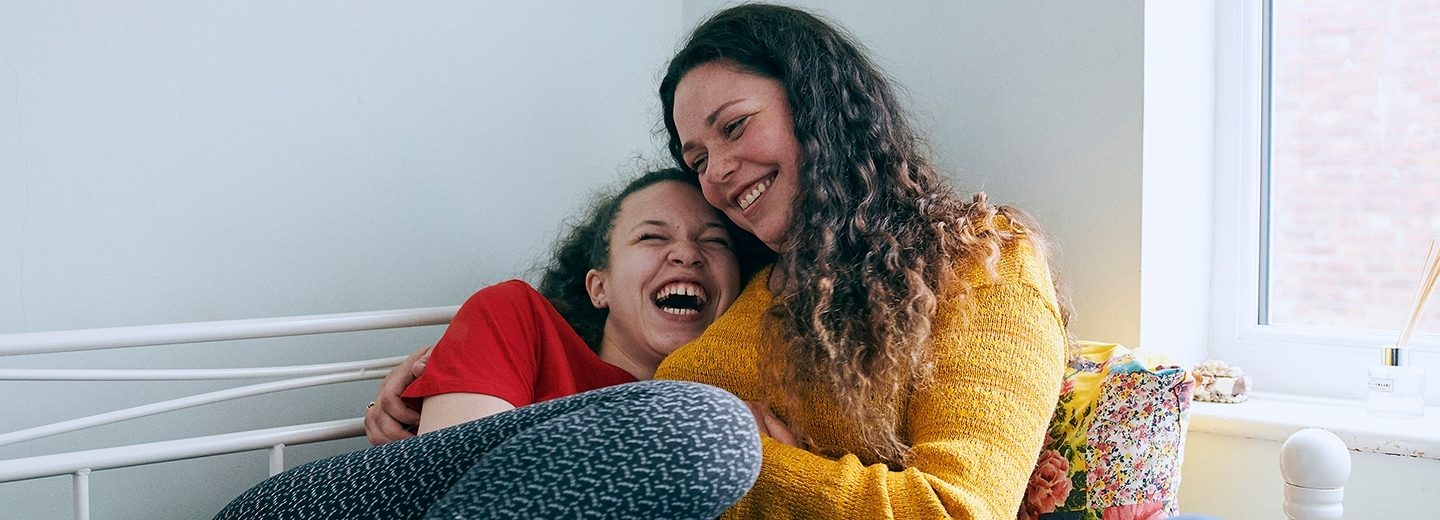Tania's Story
What’s funny is the fact that this is even my vocabulary now: “I’m going for a run in the morning.”
Tania wasn’t very active until she was diagnosed with cancer. Her depression after chemo made it even more difficult to get moving on her not-so-good days. But she’s found that getting up on her feet, even if it’s just dancing around the kitchen, can help in more ways than one. Tania went from being fairly inactive to walking to the shops more often and sometimes even going for an occasional run – something she never thought she’d do before.
Please note that the stories, experiences, and activities depicted here were all captured prior to COVID-19. To ensure your safety, please follow the latest government ‘Stay At Home’ guidance related to COVID-19 and being active.
How Tania Gets Moving
Before her diagnosis, Tania wasn’t very active at all, but since starting to move more, she’s found many ways to work activity into her life. Tania does things that she finds enjoyable, first and foremost. This can mean getting active with her daughter by dancing around the house or going on walks with friends as a way to catch up. By making being active a social affair, she’s found it all the more enjoyable.
Related Resources
Here are some resources related to Tania’s story about moving more:
Mind - Physical activity and your mental health


